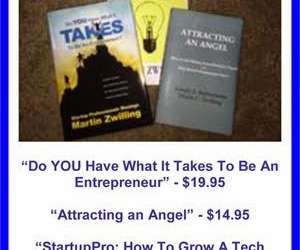Seed Stage Funding 101: What it Is & How it Works
The Startup Magazine
AUGUST 11, 2023
Analysts perform a valuation of the company in question before the beginning of any round of funding. The management of a company, its established track record, the size of the market, and the level of risk all play a role in determining a company’s valuation. What is the Evaluation of the Funding?










































Let's personalize your content